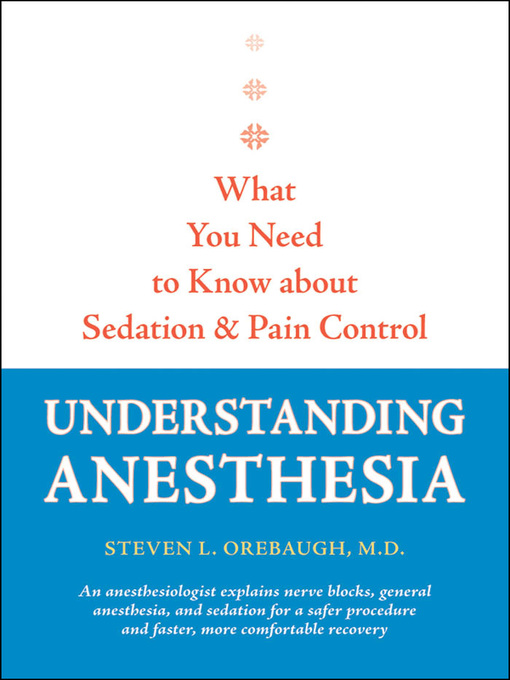Most people choose their surgeon with care, but very few think about the anesthesiologist, even though that specialist's skills and approach can significantly influence the success of surgery. Here Dr. Steven L. Orebaugh recommends steps we all can take to secure safe and effective anesthesia.
What type of anesthesia is used—and how it is applied—directly affects postoperative comfort as well as mental clarity and rehabilitation. This book describes the various options for anesthesia, how they can be used together for the best possible surgical outcome and optimal pain management, and their associated complications and risks.
Dr. Orebaugh focuses especially on the benefits of regional anesthesia. When appropriately applied—whether alone or with other methods—spinal and peripheral nerve blocks often lead to better recovery and reduced pain. With as many as half of all surgical patients experiencing poorly controlled postoperative pain, regional anesthetic nerve blocks can help significantly in managing this pain while reducing the side effects of general anesthetics and pain medications.
A better understanding of anesthesia will reassure people contemplating surgery and equip them to take the necessary steps toward healthy recovery. Knowing their options, they can have informed conversations with their doctor and indicate a preference for a specific anesthetic treatment. Written by a compassionate and experienced anesthesiologist and backed by scientifically accurate information and the latest research, this book will help patients do just that.

